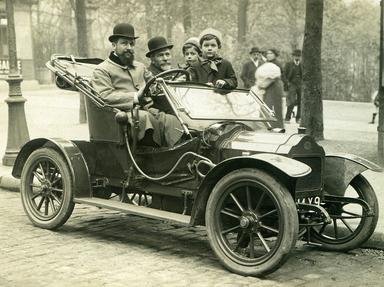Quiz Answer Key and Fun Facts
1. Which of the following statements most accurately describes how the Industrial Revolution came to America?
2. One of the first mill towns in the United States was built in Boston in 1823. What were the workers at the factory common called?
3. Everyone knows that Eli Whitney invented the cotton gin in 1794, but what exactly did the cotton gin do?
4. What machine patented by Elias Howe in 1846 quickly became a staple in American textile factories?
5. Although many people worked on the design, Cyrus McCormick was given the patent for which invention that revolutionized farming?
6. Which invention by John Deere is said to have been inspired by the tough prairie soil of Illinois?
7. Samuel Morse, a portrait painter by trade, was painting a portrait of Lafayette in Washington, D.C., when he received a message of his wife's sudden death after the birth of a child. His heartbreak over the news inspired him to invent which device?
8. Eli Whitney invented the cotton gin, but he also popularized the idea of the use of interchangeable parts. What item did he initially produce using this method of production?
9. Also known as the National Road, which road is considered to be was the first major improved highway constructed and financed by the federal government in the United States?
10. Robert Fulton helped to improve transportation in the United States when he invented a steamboat that could make the round trip between New York City and Albany in sixty-two hours. By what name is the steamboat known today?
Source: Author
ponycargirl
This quiz was reviewed by FunTrivia editor
bloomsby before going online.
Any errors found in FunTrivia content are routinely corrected through our feedback system.
